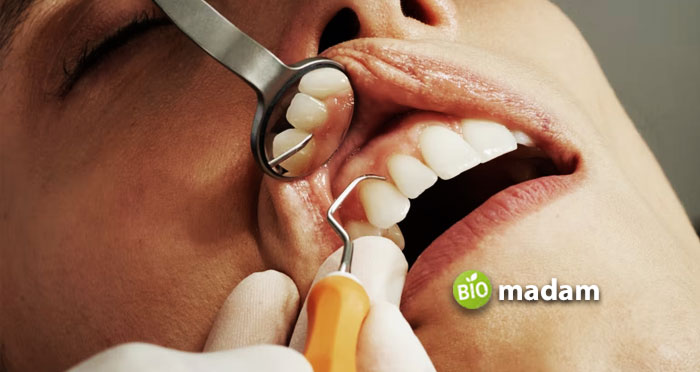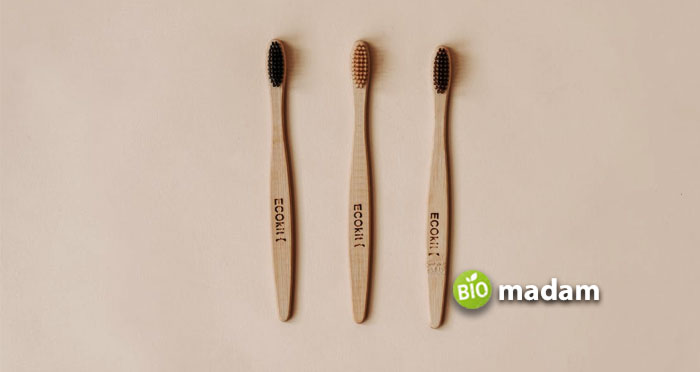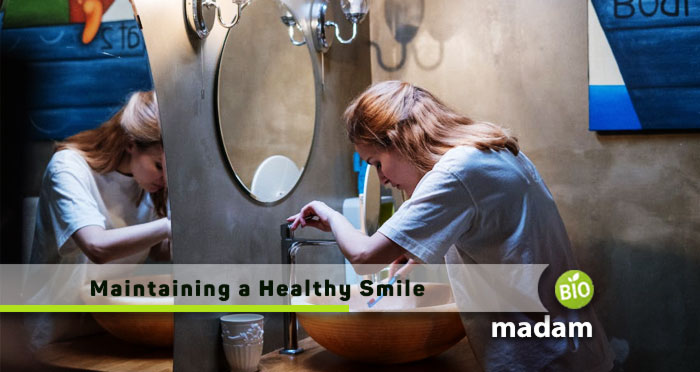Smiling is one of the most powerful expressions you can make. Unfortunately, many people don’t take care of their teeth properly, leading to cavities, gum disease, and other issues that can impact their smile and overall health. Taking proper care of your pearly whites is essential for a healthy lifestyle – not only does it keep your mouth free of harmful bacteria, but an attractive smile can also boost confidence levels in social and professional settings. If you’re curious about how to maintain good dental hygiene or want to learn more about what might be causing problems with your teeth and gums, let’s dive into the essential guide to dental care.
Understanding the Benefits of Good Dental Hygiene
Not only can it help prevent cavities and gum disease, but it can also improve overall health. Furthermore, family dental care is important, as establishing good habits early can lead to a lifetime of dental health. Especially with young children, as they will gladly soak in and copy everything you do. Neglecting oral hygiene can lead to a cascade of health issues, making regular brushing, flossing, and dental check-ups vital. So, whether it’s for cosmetic reasons or health-related ones, good dental hygiene is undoubtedly worth the effort and could even save you a costly trip to the dentist in the long run.
Establishing a Daily Routine for Oral Care
First, commit to brushing your teeth at least twice a day, ideally after breakfast and before bedtime, using a soft-bristled toothbrush and fluoride toothpaste. Brush for a minimum of two minutes, covering all tooth surfaces and your tongue. Next, incorporate flossing into your daily routine. Floss once a day to remove plaque and debris from between your teeth and under the gumline. Consider adding mouthwash to your routine for an extra boost in oral hygiene. Swish a fluoride or antibacterial mouthwash for about 30 seconds after brushing and flossing. Limit sugary and acidic food and drink consumption, as they contribute to tooth decay and enamel erosion. If you indulge in these treats, rinse your mouth with water afterward. Lastly, schedule regular dental check-ups and cleanings every six months to detect any issues early and maintain overall oral health.

Tips for Choosing the Right Toothbrush and Toothpaste
When choosing a toothbrush, opt for one with soft bristles to prevent gum irritation and enamel wear. Consider the size and shape of the brush head; it should comfortably reach all areas of your mouth. Electric toothbrushes can be more effective in removing plaque for some individuals. Look for the American Dental Association (ADA) seal of approval on the toothbrush, ensuring it meets safety and effectiveness standards. Regarding toothpaste, pick one with fluoride, as it strengthens enamel and helps prevent cavities. If you have sensitive teeth, choose toothpaste specially formulated to alleviate sensitivity. For children, use a kid-friendly toothpaste with appropriate fluoride levels. Always check the expiration date and seal of approval from dental associations. Consulting your dentist can also provide personalized recommendations for your specific dental needs.
Practicing Brushing Techniques to Keep Your Teeth Clean
To ensure effective cleaning, it’s essential to practice brushing techniques that work best for you. From removing plaque to preventing cavities, brushing your teeth helps keep your mouth healthy and free from harmful bacteria. With the right technique, you can make the most out of your dental routine and achieve optimal oral hygiene. Start by choosing a toothbrush that fits comfortably in your mouth and bristles that are not too hard or too soft. In no time, you’ll be on your way to a brighter and cleaner smile! Especially if you truly devote time to learning the best techniques and choosing the best equipment for it.
How to Floss Properly and Effectively
Flossing is an essential part of maintaining optimal oral hygiene, ensuring healthy gums, and preventing dental issues. To floss properly and effectively, follow these steps. First, use around 18 inches of dental floss, winding most of it around your middle fingers, leaving a few inches to work with. Gently glide the floss between your teeth, forming a C-shape around each tooth, and carefully move it up and down to remove plaque and food particles. Avoid snapping the floss, as it may harm your gums. Use a fresh section of floss for each tooth to prevent the spread of bacteria. Be thorough but gentle to avoid causing damage to your gums. Floss at least once daily, ideally before brushing your teeth. With regular practice and proper technique, you can maintain a bright smile and promote excellent oral health.

Taking good care of our teeth requires dedication and consistency. Following a daily oral hygiene routine is essential for preventing cavities, decay, and other serious dental health concerns. Establish a cleansing ritual that works for you: brush twice a day, floss once a day, use plaque-control toothpaste, and visit the dentist regularly. Try to choose nutritious foods that can help keep your teeth in top shape while avoiding beverages and snacks with large amounts of sugar or acidity.

Hi, they call me Jenna, and I am also known for achieving a gold medal during my Ph.D. in science life. I always had a dream to educate people through my utmost writing hobby. So, I chose this blogging path, and Biomadam gave me this opportunity to present for them. I now stand to entertain you. Continue reading my articles & discuss if you’ve any confusion through the comment section below.

